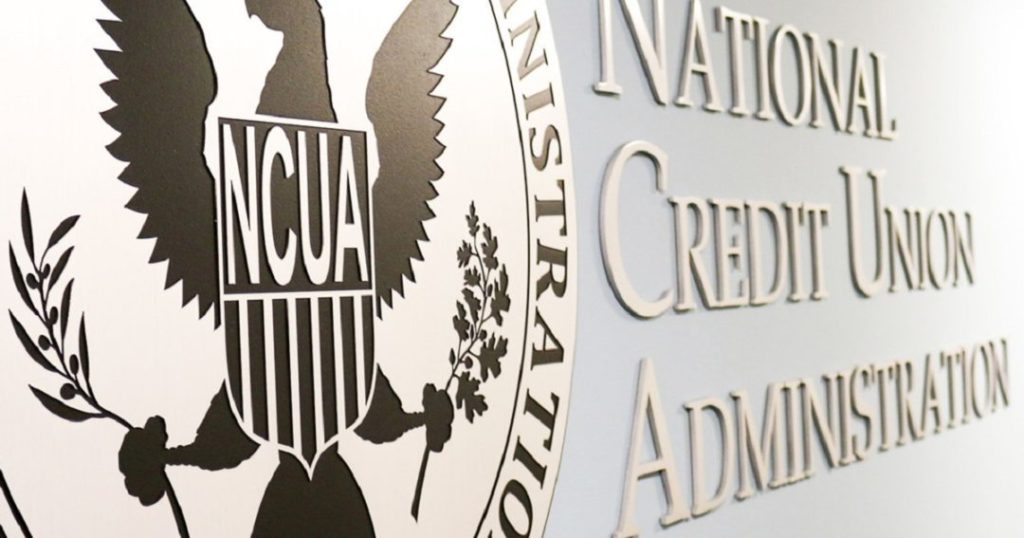The National Credit Union Administration (NCUA) has released the December 2022 update of the Simplified Current Expected Credit Loss (CECL) Tool. The update includes the latest life-of-loan, or Weighted Average Remaining Maturity factors, as well as minor enhancements.
For most credit unions, CECL became effective Jan. 1, 2023. For credit unions that plan to use the Simplified CECL Tool, the December release can be used to determine the day-one adjustment to undivided earnings, as required by CECL implementation guidance. For these credit unions, the day-one adjustment was recorded effective Jan. 1, 2023 and will be reported in the March 2023 call reports.
With this update and future quarterly updates of the Simplified CECL Tool, a credit union can use the tool to estimate its allowance for credit losses on loans and leases. Quarterly updates will be provided so a credit union can incorporate them before its books are closed and before it submits the NCUA’s call report.
To obtain the latest version, please visit the Simplified CECL Tool page and click on “Download the Latest Simplified CECL Tool.” To facilitate your evaluation of the Simplified CECL Tool, please review frequently asked questions (FAQs), the user guide, and the Model Development Document located on the Simplified CECL Tool page.
For additional information on CECL, please visit NCUA’s CECL Resources page. For any questions unanswered in the CECL Resources, please contact EIMail@ncua.gov.
NCUA’s 2023 Supervisory Priorities
Jared Ihrig, chief compliance officer and counsel for the Credit Union National Association (CUNA), provided an update of NCUA priorities during CUNA’s recent Supervisory Committee and Internal Audit Committee Conference in Las Vegas, NV. Amont those priorities are:
- Credit risk management. NCUA wants to protect the National Creidt Union Share Insurance Fund from losses related to the COVID-19 pandemic. “The agency will be looking at how credit unions are dealing with delinquent loans,” Ihrig says. “All lending programs and risk management practices should be in line with the level of complexity of the nature of the credit union’s lending activities.” Ihrig says examiners will focus on adjustments made to lending programs, especially those involving members who face financial hardship. Examiners will also review policies that address loan workout strategies, risk management practices, and new strategies that provide funds to borrowers under distress. These include programs authorized under the CARES Act and The Consolidated Appropriations Act of 2021.
- Cybersecurity. NCUA wants to finalize its information security examination procedures by the end of 2022. The agency also has an information security examination pilot program for NCUA and state examiners that was completed in September. The program evaluates management’s ability to recognize, assess, monitor, and manage information systems and technology-related risks. Ihrig advises credit unions to download NCUA’s free Automated Cybersecurity Evaluation Tool (ACET).
- Payment systems. NCUA will consider whether rapidly changing credit union payment systems have proper internal controls and applications to address fraud, illicit use, and data security vulnerabilities. “Credit unions should consider reviewing operational areas that involve payment systems such as remote deposit capture, mobile banking, and wire transfers, among others,” Ihrig says.
- Bank Secrecy Act compliance, anti-money laundering/countering terrorism financing. Since Congress passed the Anti-Money Laundering Act of 2020, the Financial Crimes Enforcement Network has been implementing its provisions. “We don’t expect any final rule between now and the end of the year,” Ihrig says. “But we do expect to see a proposed rule soon for the national Bank Secrecy Act priorities that were announced last June.”
- Loan loss reserves/CECL implementation. NCUA will monitor credit unions’ progress on loan loss reserves in advance of the current expected credit losses (CECL) standard, which goes into effect for most credit unions on Jan 1, 2023. “They will continue reviewing the adequacy of the allowance for loan and lease loss policies, as well as your plans and preparations for next year,” Ihrig says. He referred credit unions to NCUA Letter to Credit Unions 22-02.
- Consumer Financial Protection Bureau (CFPB). Working in tandem the CFPB on several issues remains a priority for NCUA Chair Todd Harper, Ihrig says. NCUA will continue to look at credit unions’ response to COVID-19 and loan servicing under the CARES Act. Plus, NCUA has budgeted for more fair lending and consumer protection exams in 2022 than in years past. The agency will continue to rectify Equal Credit Opportunity Act violations related to age and marital status. NCUA is also working on further examination efforts involving the Servicemember’s Civil Relief Act and overdraft policies.
- Loan participations. The agency has turned its attention to loan participations as more credit unions with high capital positions seek investment opportunities. “NCUA Rules Section 711.22 is notoriously difficult to work with for those who do not engage on the issue regularly,” Ihrig says. “So NCUA is going to look at them for more level policies and risk tolerances, servicing and remittances, down to transactional level documentation.”
- Fraud. “NCUA is specifically interested in internal controls and separation of duties intended to address internal fraud relating to off-site postures,” Ihrig says. The agency specified that transaction testing will be included in these exams.
- London Interbank Offered Rate (LIBOR) Transition. LIBOR is a key benchmark for setting interest rates for adjustable-rate mortgages, corporate debt, private student loans, and other types of loans. Although many credit unions use U.S. Treasury indices, NCUA examiners will require credits unions to identify any LIBOR exposures and provide a plan to transition to alternative reference rates.
- Interest rate risk. After experiencing high share growth in the past two years, credit unions invested in long-term assets could experience increased interest rate risk, Ihrig says. Conversely, keeping all assets short-term can impact current period earnings. Credit unions should continue to carefully model and manage interest rate risk using a broad range of scenarios that include various prepayment and yield curve assumptions.


